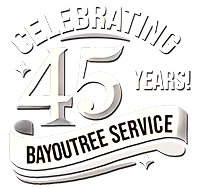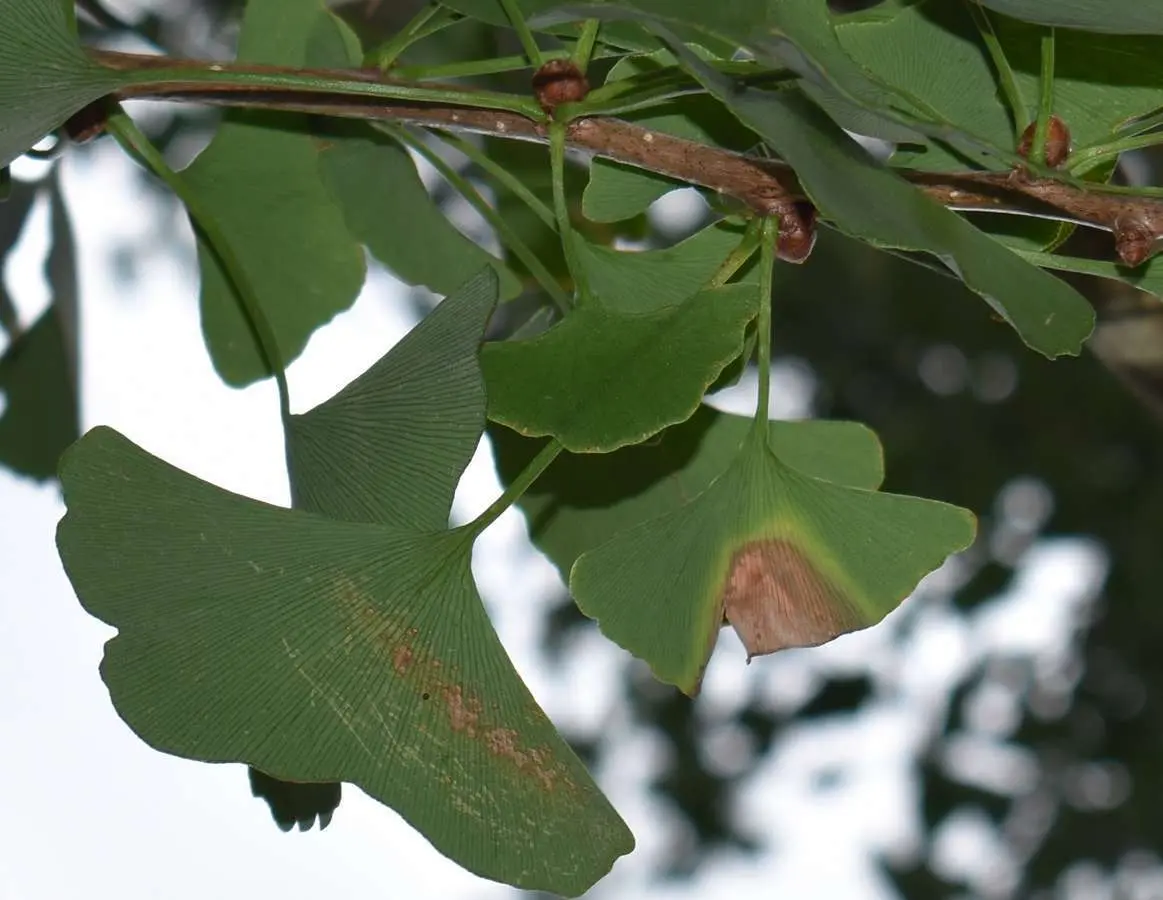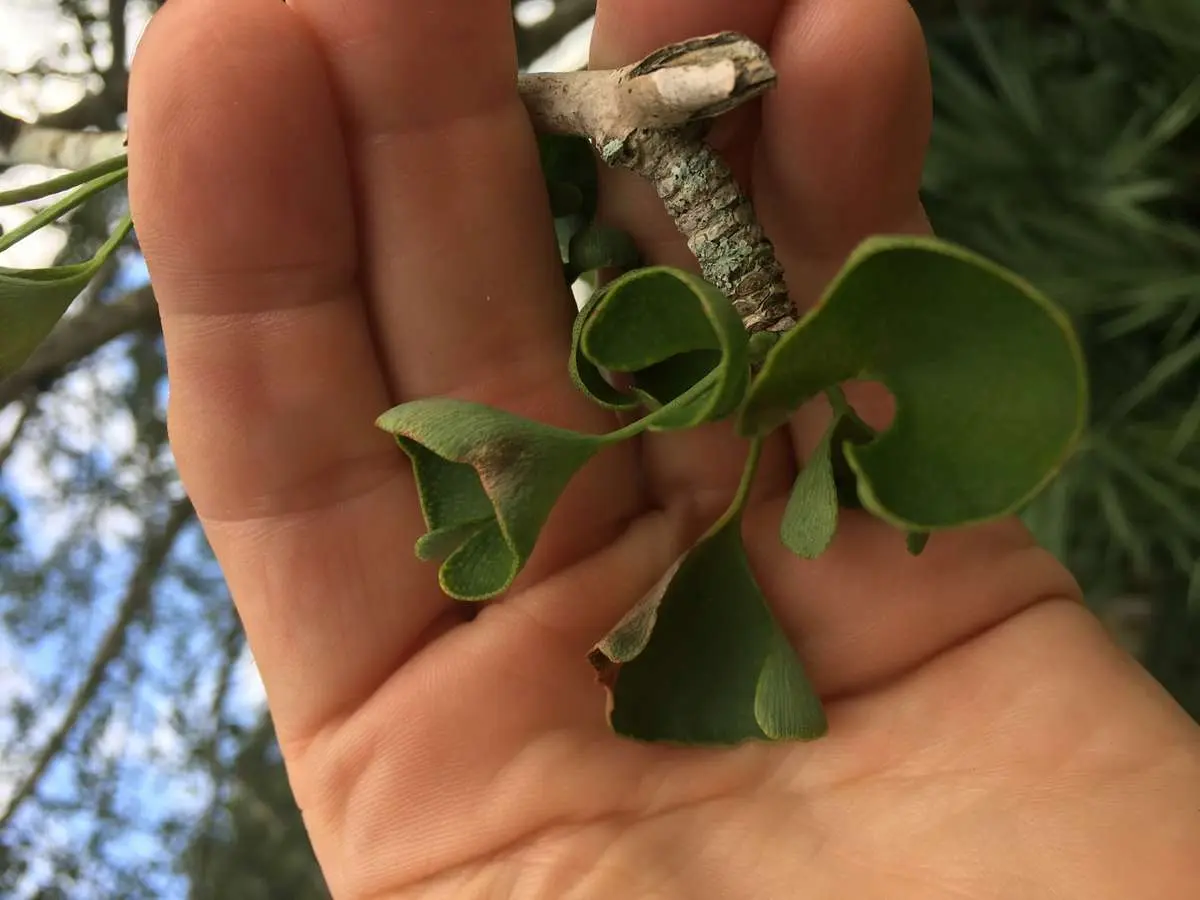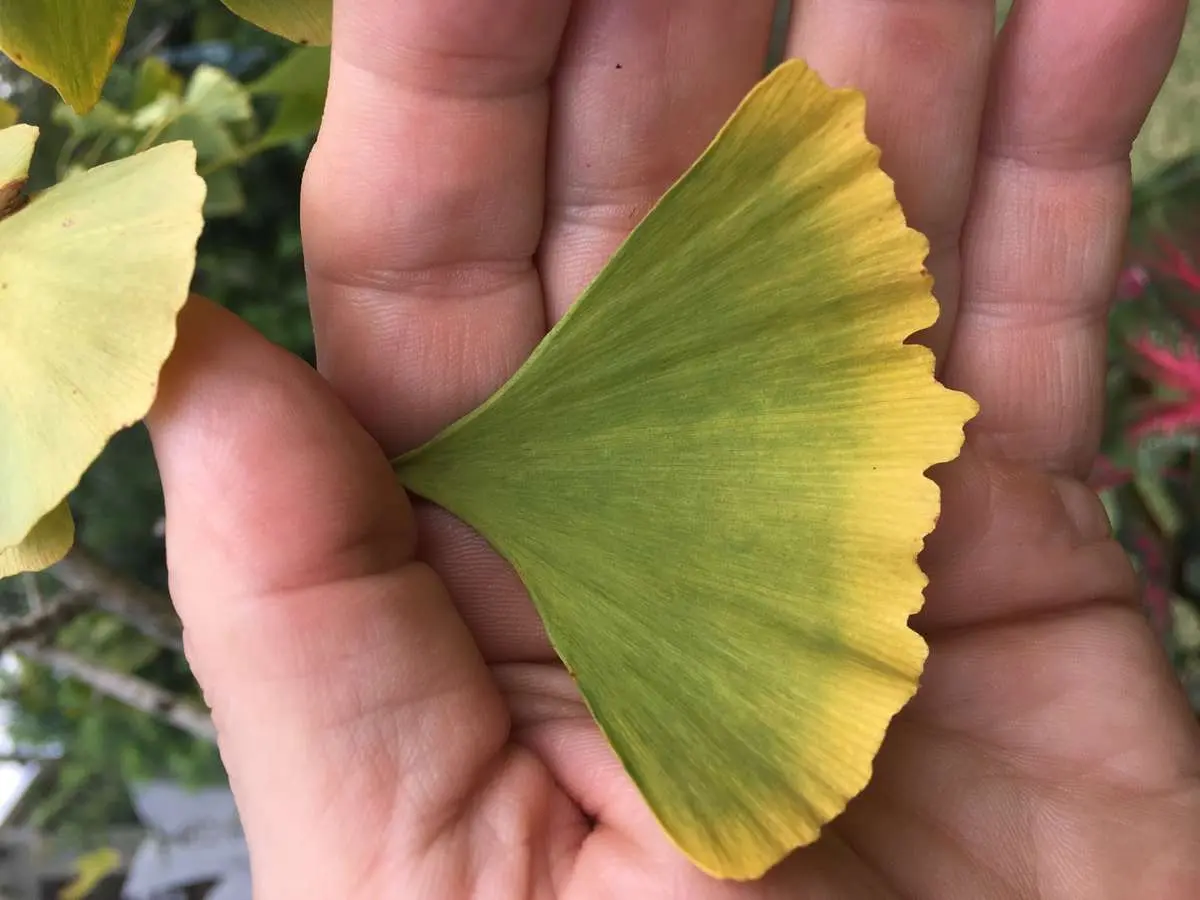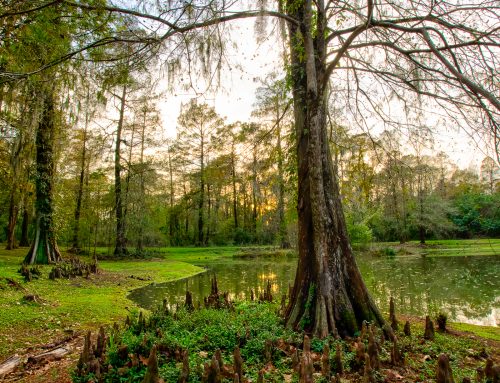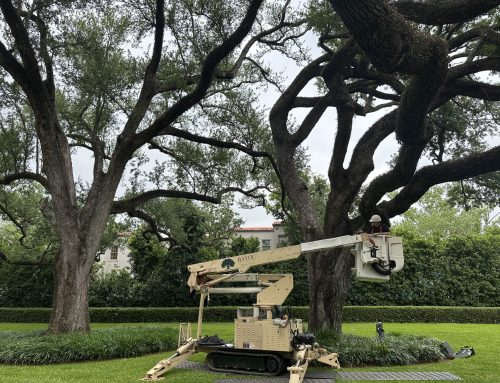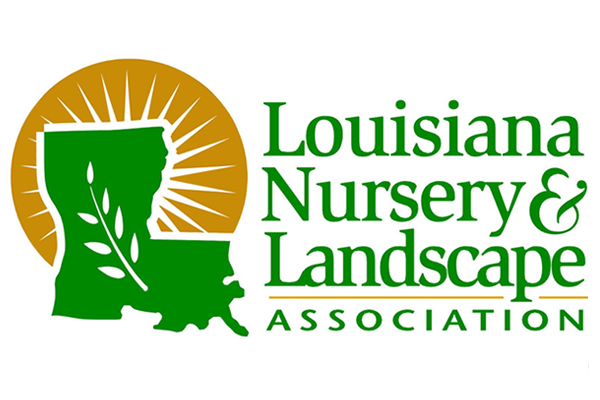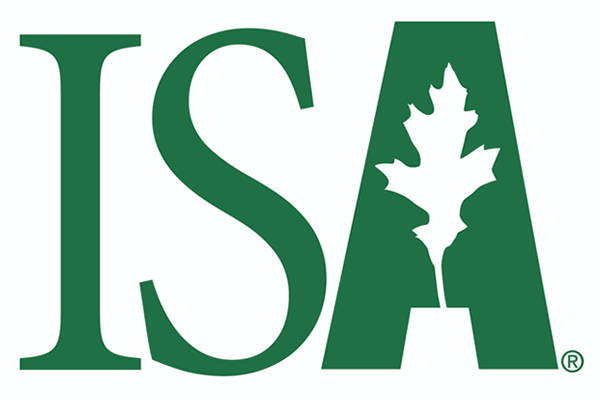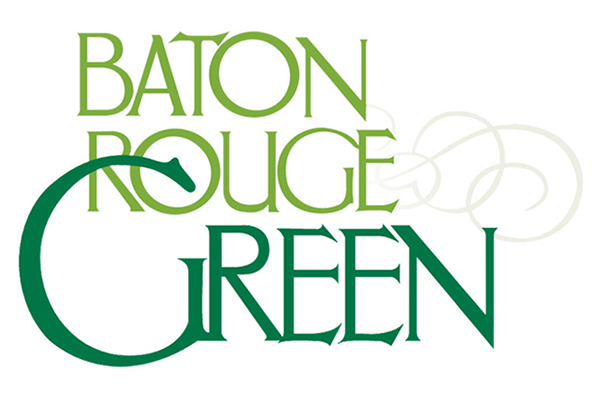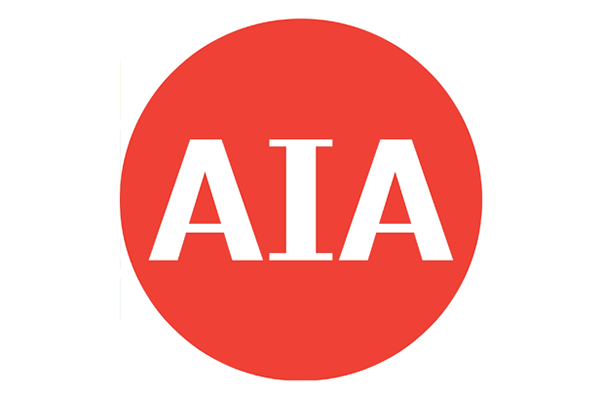New Orleans Ginkgo Biloba Trees Latest Victims of Rampant Disease
Everywhere we look, ornamental trees are under attack here in southern Louisiana. It’s quite concerning to say the least.
Over the last five years, we have witnessed the large majority of our prized Canary palms dying in the New Orleans Mid-City area from Texas Palm Decline.
Then this summer, we noticed that Crepe myrtles are suffering badly with a particularly nasty case of a disease called Cercospora. Crepe myrtles get a mild case of it every year, but this year it’s easily the worst we’ve ever seen. Also, the destructive crepe myrtle scale appeared on various varieties of Crepes throughout the City.
And most recently, we’ve observed a dangerous threat to our local Ginkgo Biloba trees.
Warning Signs of Ginkgo Tree Disease
Normally this time of the year Ginkgo trees foliage is a relatively pure green color in appearance. But this year, the trees look peculiar.
The lack of foliage on them jumps out – almost like a skeleton tree where you can see all of the branches and twigs, almost a winter version in appearance.
This is definitely atypical for this time of year.
Upon closer inspection, we noticed leaves cupping and some burn on the foliage. This is definitely not normal.
And the more we looked around, we started noticing this disease on every Ginkgo in the city!
You read that right… EVERY Ginkgo we saw in metro New Orleans seemed to have it. Except 1.
We found 1 healthy tree which just happened to be planted in a large pot, so it hadn’t been planted in the ground and exposed to local soil conditions. Is this a clue?
Theories on Rampant Local Tree Disease
In 40 years of serving local Louisiana trees, you learn a few things. And the number of species we see under attack by disease this year is not an accident.
Ornamental trees like palms, crepe myrtles and Ginkgo are not native to our area. They’re imported. Transplanted. So they don’t occur here naturally.
Also, we’ve seen tangible changes in our local conditions due to heavy rainfall and erratic, atypical temperatures throughout the year.
We’re even seeing an all-out attack on lawns everywhere in the form of brown patch and webworm.
Suggestions for Saving Your Trees
However, if your trees are still healthy, there are a few steps you can take to help keep them healthy despite what’s going on around them:
- Avoid mass planting (5 or more) Ginkgo trees for the immediate future
- Make sure they’re planted in a well-drained site with sandy soil or on a hill (hills as defined by southern Louisiana standards)
- Turn off water if you’re irrigating
Don’t Wait Too Long Before Taking Action
We certainly don’t want to sound alarmist by sharing news like this with other professionals in the Green Industry. However, our job as professional arborists is to protect and preserve our local tree population. Also, we want you to be able to responsibly inform your customers to avoid investing in trees which may not live.
If you’ve noticed active disease on your trees, it’s time to evaluate your treatment options as soon as possible. We are currently experimenting with fungicides on the Ginkgo Trees to see if we can save them. We’re not sure if this will work yet as we’re still in the testing phases.
Contact us to request a consultation if you’re not sure whether your trees are affected yet.
